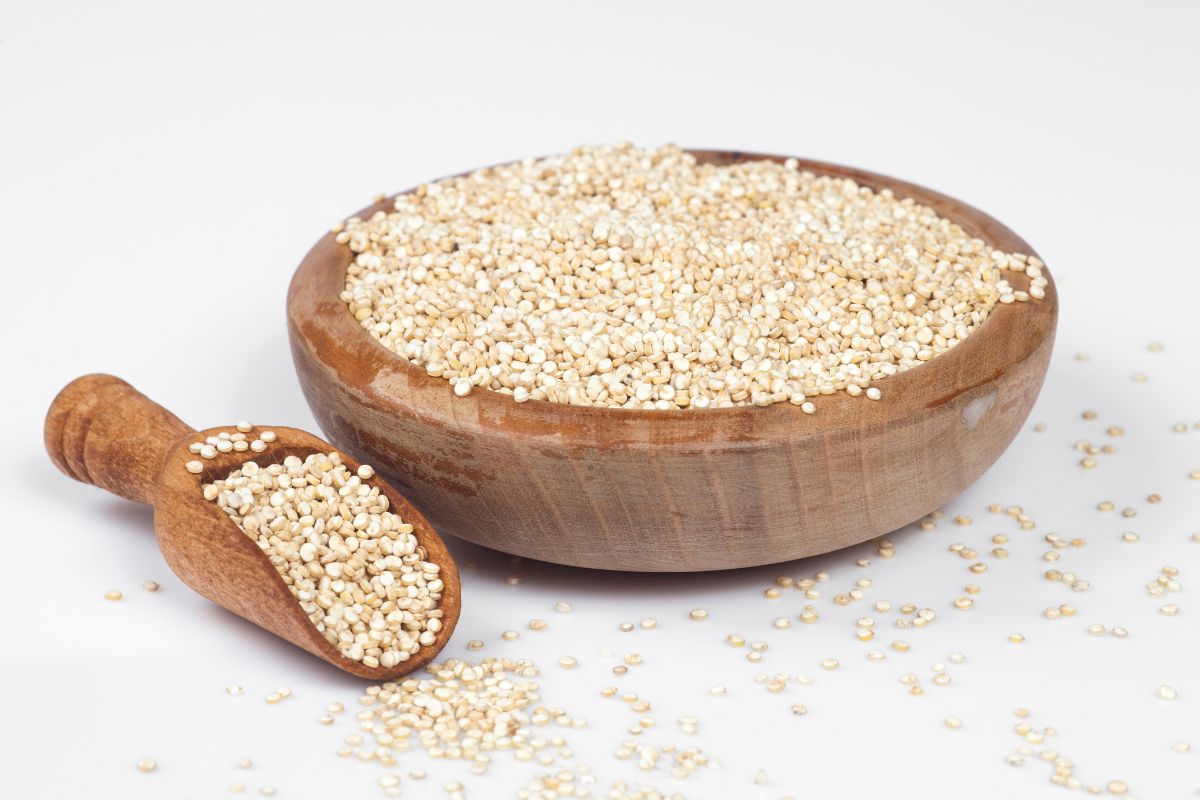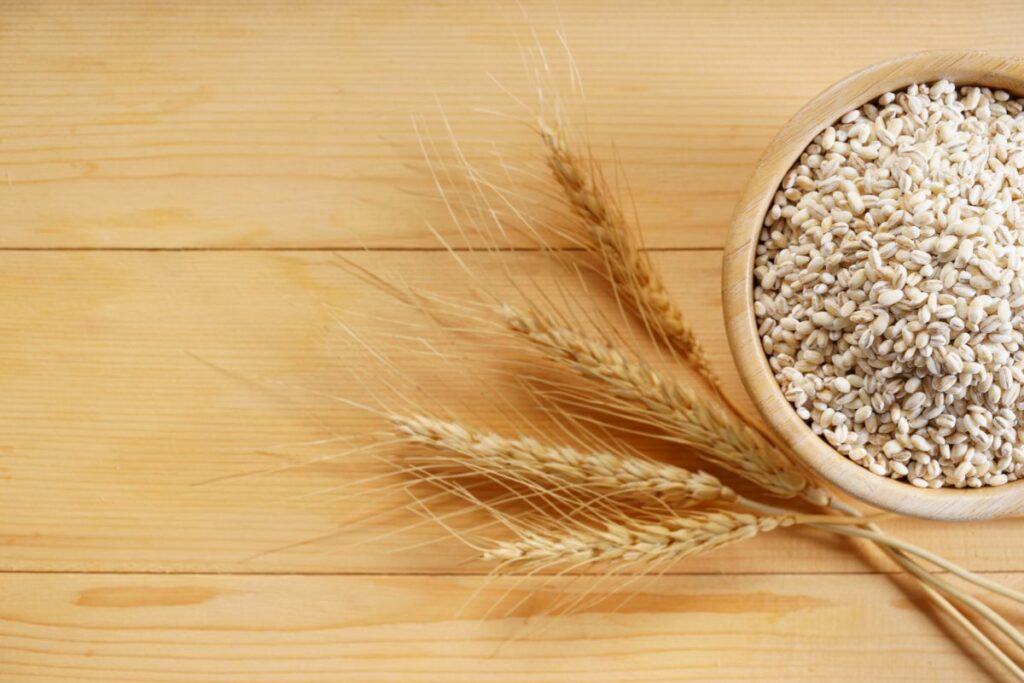Diet is critical in the treatment of both type 1 and type 2 diabetes. A balanced diet is also essential for reversing high blood sugar levels, a phenomenon that is becoming more common around the world.
When it comes to food and cooking ingredients, there are many that have been hailed as diabetic-friendly ones while others are the “enemy.” But where does barley stand? Is it good for diabetics?
Diabetics are typically attentive to their diet, and carbohydrates are the macronutrient they tend to avoid or, at least, monitor their consumption.
With barley being one of those foods that are relatively high in carbs, it is worth examining whether it is good for diabetics as well as examining how and if it can regulate blood sugar levels.
In this article, we will go through those points, so keep reading below to get all the answers you need!
What Is Barley?
Barley is a grain, just like rye, bulgur wheat, and rice, but it is one that has a slightly nutty flavor and a chewier texture than the rest when cooked.
It is the seed of a kind of grass that grows in temperate climates all over the world, and it was among the very first cereal grains cultivated in the past, with archaeological findings indicating that it was cultivated in Egypt more than 10,000 years ago!
Although barley continues to grow wild in western Asia and northeast Africa, it is extensively grown for consumption by humans and animals as well as for use in the fermentation of beer and whiskey.
As for its availability, it is commonly sold in supermarkets, open markets, and continental stores either as a whole or in pearled form.
Is Barley Good For Diabetics?
Plant-based foods, like barley, contain dietary fiber and are generally linked to better health outcomes, such as a lower risk of chronic conditions like diabetes and cardiovascular disease.
However, barley is mainly a source of carbohydrates, a nutrient that, when consumed, converts to glucose.
This, in turn, suggests that barley contributes to an increase in our blood sugar levels, which in the case of diabetics is something they try to avoid.
Nevertheless, fiber makes up a significant part of barley’s carb content, and since fiber is not absorbable, it does not increase blood sugar levels.
Therefore, even though barley is rich in carbs, the fact that it is high in fiber and low in sugars renders it a great grain option.
Not only that but it is also one of those grains that are preferred by diabetics, as it contributes to minimizing glucose spikes and helps with the regulation of sugar in our blood.
Even so, it is important to note that while barley is a fantastic food in terms of preventing the risk of diabetes when it comes to treating diabetes or dealing with it, one ought to always be aware of the amount of barley they consume, especially when it is in combination with other sources of carbs.
How Do Carbs Affect Our Blood Sugar Levels?
Carbohydrate-containing foods (like fruits, veggies, and grains) are broken down into glucose in the bloodstream.
That glucose is then broken down by insulin, which is produced by our bodies. However, some bodies cannot produce insulin or have what is known as “insulin resistance;” it is these people that typically suffer from diabetes.
In those cases, your blood sugar levels may rise excessively after consuming foods that are high in carbs if your body does not generate sufficient insulin or if it has become resistant to it.
Since fiber travels through the body and isn’t absorbed like sugars, protein, and fats, consuming carb-rich foods that are high in fiber results in lower levels of blood glucose.
Fiber is good for your digestive health and gastrointestinal consistency. Fiber also serves as a prebiotic, meaning it feeds the good bacteria in the gastrointestinal tract.
Foods like barley are high in carbs but have a greater fiber content than, for example, cakes, which take longer to metabolize.
This suggests that foods such as barley offer a feeling of fullness, helping to keep you full and satisfied for longer.
In addition, the fiber found in barley slows down the release of glucose in the blood, helping thus avoid any spikes in your blood sugar levels.

What Are The Other Benefits Of Eating Barley?
Barley Can Help You Lose Weight
Because fiber cannot be digested by our bodies, foods like barley that are high in fiber help with adding volume to our meals without adding more calories. As a result, high-fiber foods can assist individuals in losing weight.
In fact, barley can also reduce our appetite by providing us with feelings of satiety, something that it achieves by lowering our ghrelin levels, our “hunger” hormone.
Barley Can Help With Lowering Your Cholesterol Levels
Some research studies like this one have shown that consuming barley may help lower cholesterol, with a diet rich in dietary fiber, which barley contains in a significant amount, can reduce the lipids and “bad” LDL cholesterol by 5-10%.
Barley Can Promote A Healthy Digestive System
As we have already mentioned, barley can help with the digestive process and contribute to a healthy gastrointestinal tract.
That is because this grain’s high-fiber content makes your stool bulkier, which, in turn, allows it to pass through your intestinal tract with ease.
Therefore, barley is one of the foods that can help you with constipation or with bowel irregularities and poor movement.
How Can You Add Barley To Your Diet?
The best way to enjoy barley as a diabetic is to eat it in its whole-grain (or hulled) form. While it will take you longer to cook, hulled barley contains all the nutrients and minerals of the grain and is certainly the healthiest option.
Pearl barley is also very healthy, even though the barley in this case is slightly steamed and, therefore, has lost some of its nutrient content.
Both of these forms of barley can be cooked and added to your lunch or dinner as a side to some meat, as a key ingredient in soups, in grain salads, or even in risottos instead of rice.
If you want to add barley to your breakfast or light dinner options or your sweet snack of the day, you can use barley flakes in the same way as you would use oat flakes and add them to your porridge or yogurt.
Finally, you can use barley grits which you can make by using your blender to process either hulled or pearl barley.
To cook them, you will only need a couple of minutes, while you can also add them to cakes and pastries to make your batter and dough healthier and richer in nutrients.
The Bottom Line
Barley is a source of carbs that is, however, rich in fiber. This makes it one of those grains that are safe to eat and good for diabetics, as it also promotes a healthy gut and helps regulate your blood sugar spikes.
Nevertheless, diabetics should always be conscious of the amount of barley they consume together with other carb sources to avoid any spikes or overconsumption of carbs.








